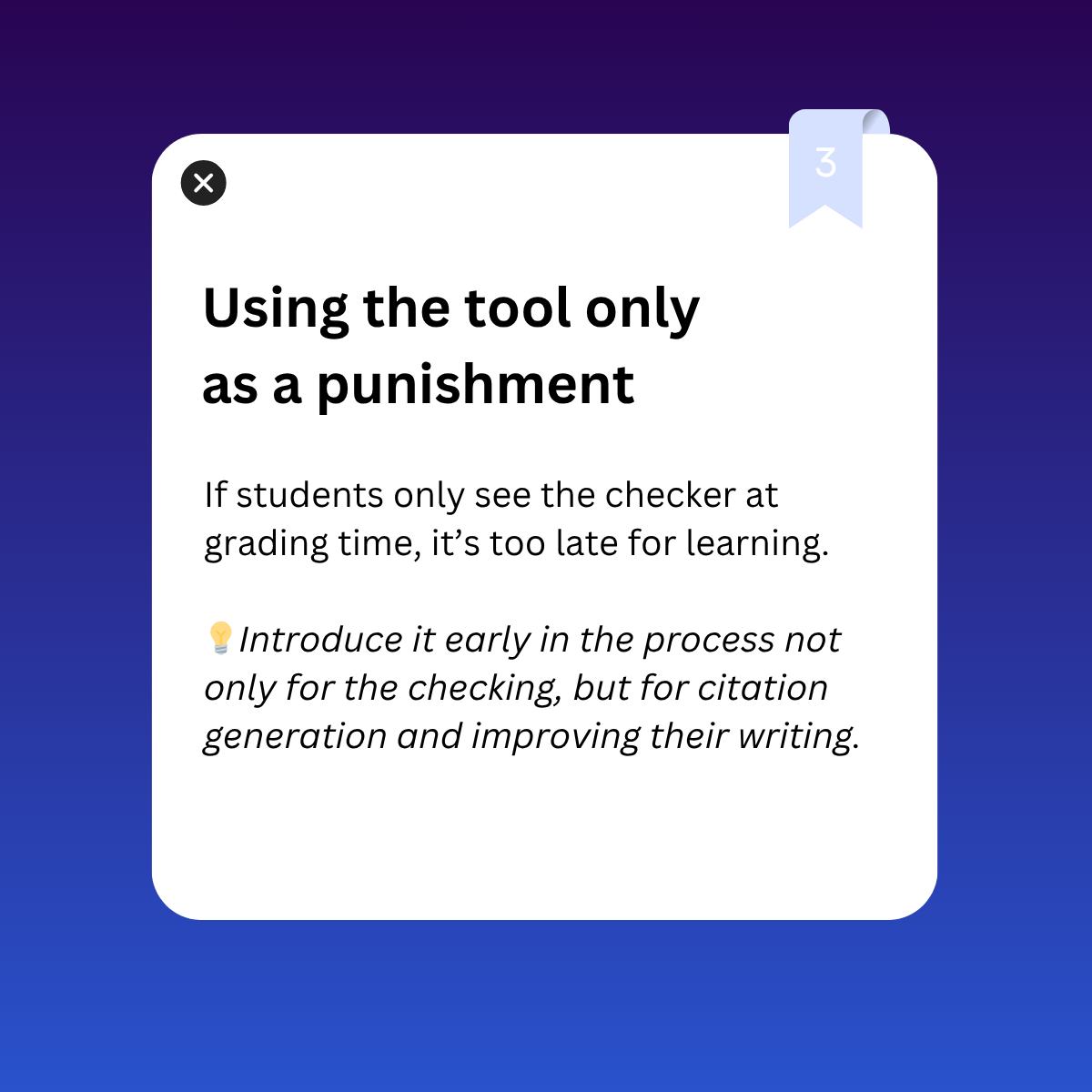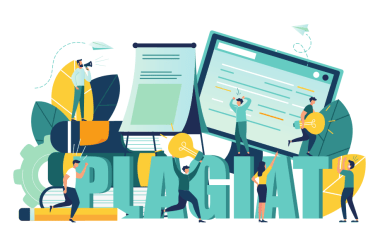Teachers have been checking the papers for ages. Do they really need detection tools now? Let’s compare the effectiveness of plagiarism checkers and human grading in assessing student work, considering accuracy, efficiency, and fairness.
Pros and Cons of Plagiarism Checkers vs. Human Grading
When we use technical means to check for plagiarism, we save teachers’ time and, accordingly, the resources to pay for their additional work. After all, teachers do not spend their precious hours evaluating unoriginal papers that will turn out to be plagiarized. Moreover, instructors are not required to manually search for signs of plagiarism in every student’s work, copy pasting to Google, compare texts for similarities, and create reports with links. With a plagiarism checker, this process takes seconds, and the result is more comprehensive.
At the same time, plagiarism checkers will not be able to replace the analytical skills of teaching staff completely. In some cases, testing with tools can give false positive results, and only the teacher can analyze all factors to make a final decision.
While with the tools the plagiarism detection accuracy, fullness, and speed are higher, grading accuracy, depth of analysis, and reliability are advantages of human grading. However, the subjectivity of human grading remains a potential disadvantage for evaluation ethics.
Plagiarism checker vs human grading: Pros & Cons
Plagiarism checker | Human grading |
✅ plagiarism detection accuracy | ✅ grading accuracy |
✅ objectivity | ✅ personalized grading |
✅ fullness | ✅ depth of analysis |
✅ speed | ✅ reliability |
Plagiarism grading by human
Reliability of human grading is mostly higher, but the subjective factor must be taken into account, so the work should be cross-evaluated by several people. The establishment of inter-rater reliability – the degree of agreement or consistency between two or more raters who are independently rating the same paper – is recommended. There are different statistical measures that can be used to assess inter-rater reliability, such as Cohen’s kappa, Fleiss’ kappa, and intraclass correlation coefficient (ICC). Grading consistency by humans takes longer and requires significantly more resources.
Plagiarism grading by plagiarism check tool
Reliability of plagiarism checkers is lower, due to the false-positive results possibility. However, plagiarism detection consistency is achieved faster and more accurately due to the always objective technological methods.
The tool does not form the final verdict, so the final decision is always up to the person. All plagiarism checkers give a percentage of text similarity, an exact match of three words in a row – compared to millions of works the software will find in its databases or on the Internet.
PlagiarismChecker.org, for example, will analyze and highlight both completely identical parts and paraphrased pieces of text, flagging potential cheating. Also, the tool is able to determine specific signs of AI use and authorship authenticity analyzing the similarity of text to other works of the same student and individual style.
Accordingly, the total percentage of similarity will be formed. If it is higher than 25%, the work may be marked as plagiarism. The upper limit of similarity varies depending on the particular institution. In general, academic integrity policies usually allow 0-5% similarity. Such precision and completeness of analysis are not available by human grading.
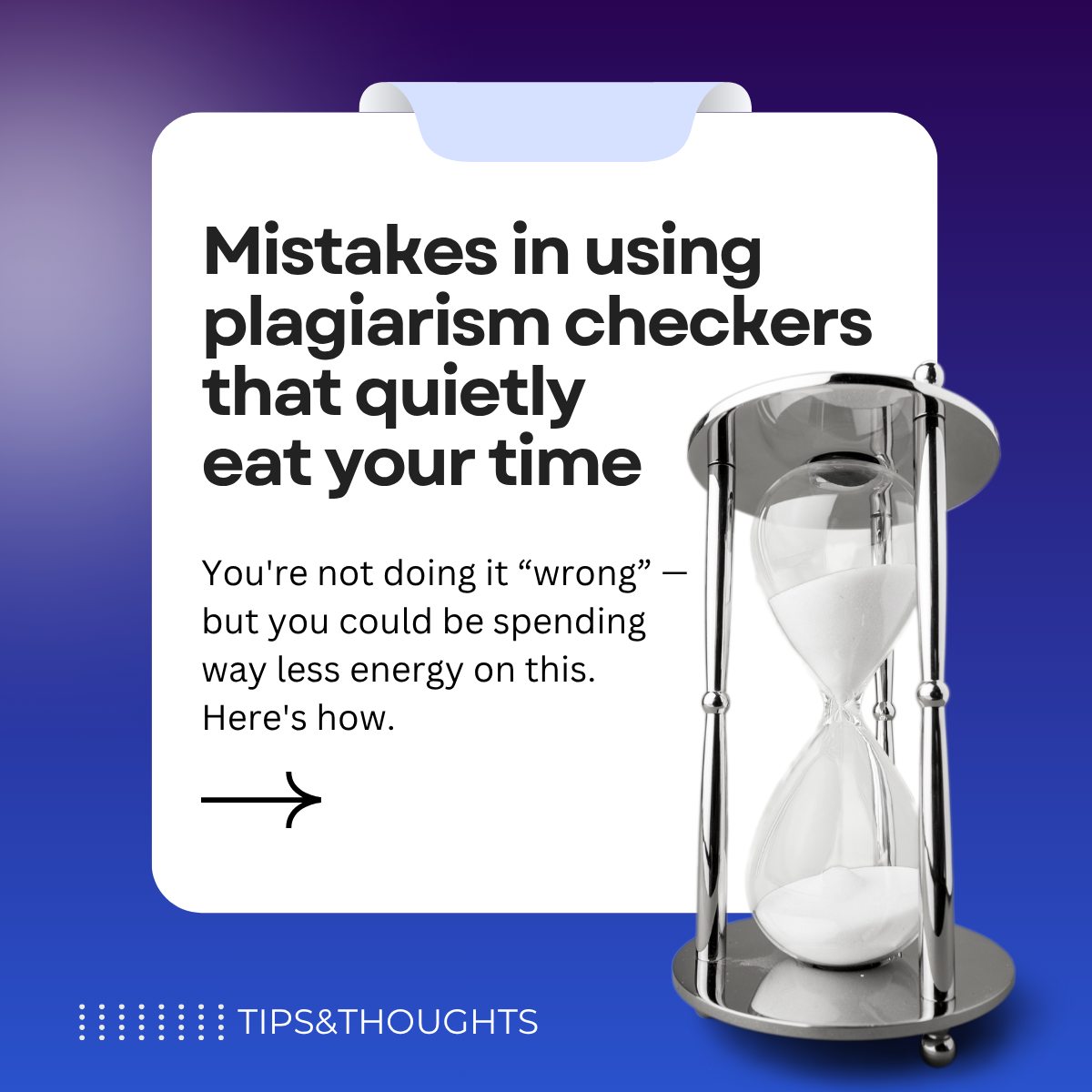
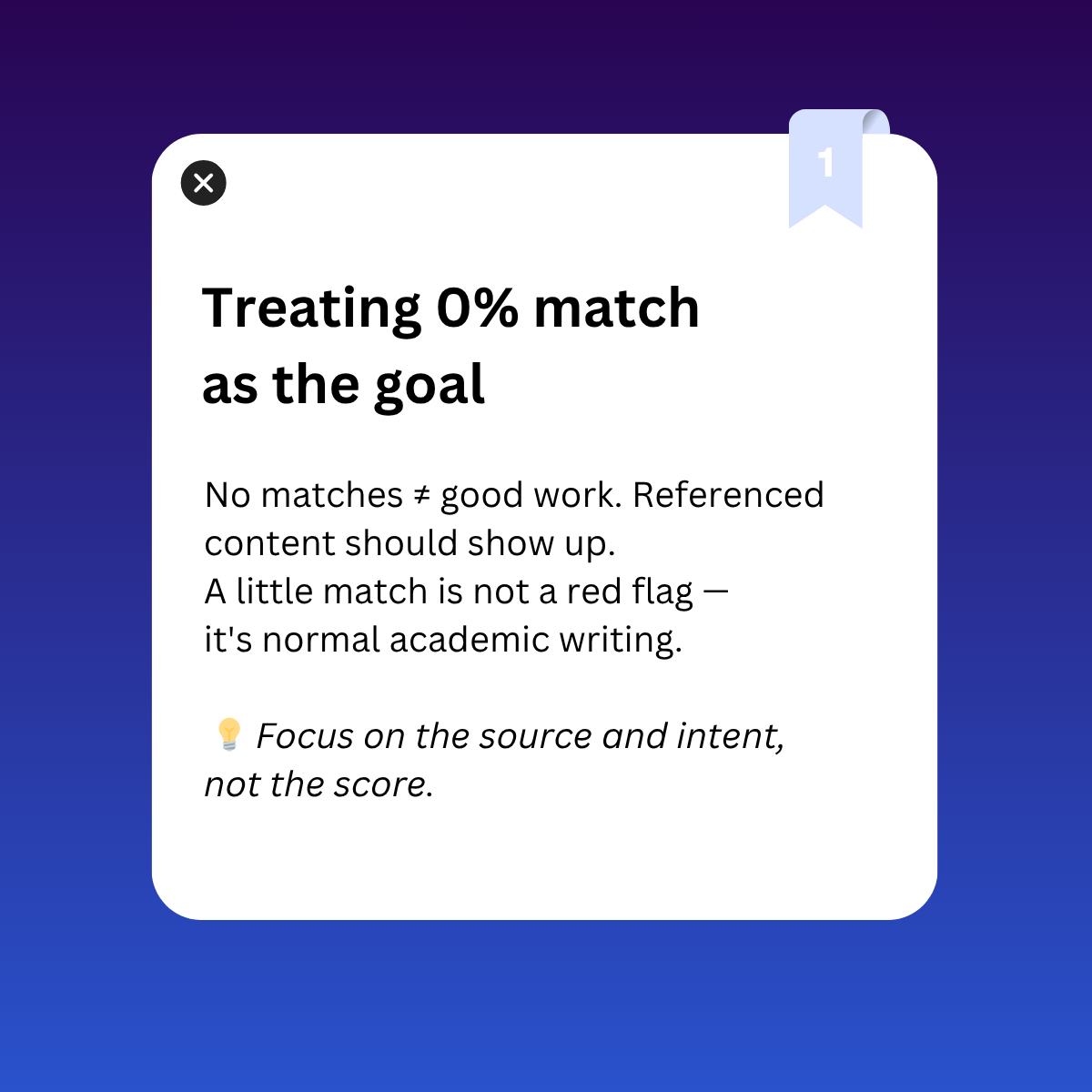
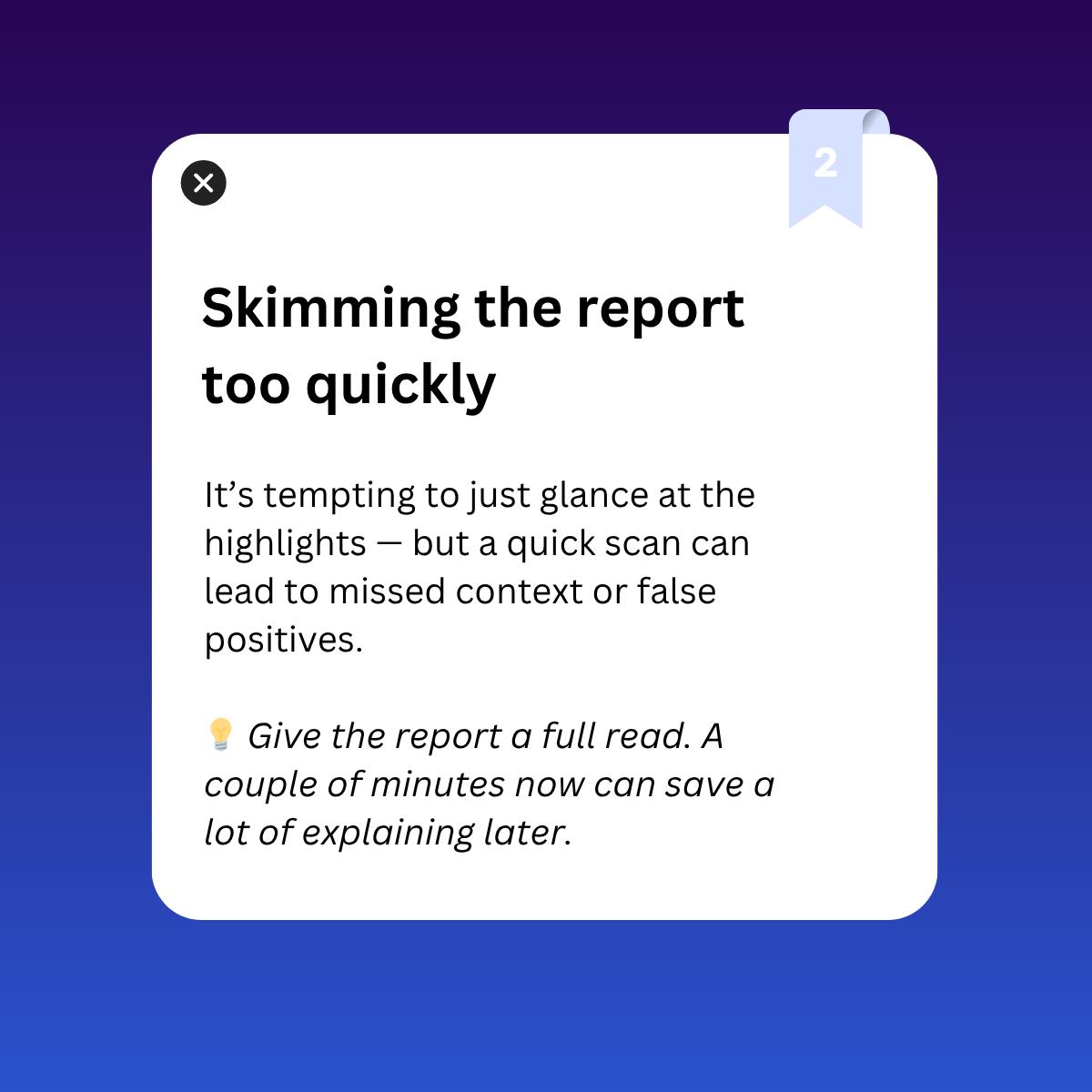
The Impact of Plagiarism Checkers on Grading Practices
Today, ensuring academic integrity and plagiarism prevention is of utmost importance. Only after determining the level of probable plagiarism, teachers begin to evaluate the work according to all other criteria. Originality checks changed the evaluation process in general.
Top impacts:
- Increased focus on critical thinking skills;
- Development of academic writing skills;
- Improvement of writing proficiency;
- Plagiarism detection precedes other criteria.
Human Grading vs. Plagiarism Checkers: Which is More Effective?
So, what is more effective? Human assessment or detection tools?
Educators efficiency decreases significantly when the grading workload and plagiarism checking workload increases, especially during final semester periods when thousands of papers need to be carefully checked and graded while ensuring reliable reporting.
Plagiarism check allows partial grading automation. This will add speed, transparency, and accuracy and significantly saves the resources.
Plagiarism checker vs human grading
Plagiarism checking | Human grading |
Fully plagiarism detection | Correctly reports interpretation and final personalized grading |
Detection of AI writing, including Chat GPT | Subjective feedback |
Automatic authorship verification | High reliability |
Semi-automated improvement of grammar and citations | Depth of analysis |
A Comprehensive Look at the Benefits and Limitations of Different Assessment Methods
The human eye is subjective, and unfair evaluation can break the trust between the teacher and the student, increasing the tension during learning.
On the other hand, it is worth remembering that well-known things and facts, like “London is the capital of Great Britain,” can get into the similarity report. Such a phrase will be found in many sources without citation, but it does not mean that this statement is copied. Professors of scientific disciplines, such as medicine, physics, and biology, understand the difficulty of paraphrasing in such tasks, so they offer their acceptable level of similarity, as well as the level of density of verification. False positives are extremely rare, but are the biggest challenge when assessing plagiarism with tools.
Therefore, only the combination of software with human assessment and correct interpretation of technical reports is the most effective practice, which will ensure high-quality plagiarism detection and academic integrity. It will also:
- improve the efficiency of the educational institution;
- guarantee higher quality of learning and writing;
- boost higher academic achievements and rating;
- save resources and money;
- provide optimal management and conditions for the teaching staff development;
- shape a supportive learning environment for the students through the transparency and trust.
FAQ
What are the benefits of using human grading over plagiarism checkers?
Human assessment takes into account all the specifics of the task, is more reliable, and does not give false-positive results.
How do educators determine whether to use plagiarism checkers or human grading?
Many homework assignments, which are of small volume and simple topics, can be pre-assessed for plagiarism by the teacher and selectively checked with plagiarism detectors for reliability and in suspicious cases. Final works, for which exact and complete determination of similarity is mandatory, are fully checked with the help of the tools.
Are there any instances where plagiarism checkers can be more reliable than human grading?
Depending on the level of expertise, available resources, or ethical principles, teachers may not notice plagiarism or similarities where plagiarism-checking tools would.
Can plagiarism checkers and human grading be used together in the same assessment?
Yes, even necessary! After checking with the plagiarism detector, it is always appropriate to analyze the work by a person. Combining the adavantages of both stratefies is the key to accurate result.
PlagiarismCheck.org helps teachers and students to elevate their working routines. Try our Chat GPT checker and plagiarism check tool now!

